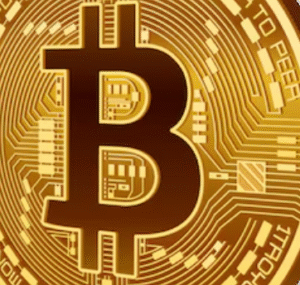$EUR $DXY $GC
#Eurozone #Inflation #InterestRates #ECB #Economy #Markets #Stocks #Forex #Crypto #Investing #Finance #GDP
Eurozone inflation has eased further, with the annual rate falling to 2.4%, reinforcing expectations that the European Central Bank (ECB) may soon reduce interest rates. This decline marks a continuation of the bloc’s successful efforts to curb inflationary pressures, though policymakers remain cautious as they assess broader economic conditions. The latest data suggests the ECB is nearing a crucial decision that could shape market sentiment and economic growth prospects in the region. Investors and analysts are closely monitoring how this trend could influence bond yields, currency valuations, and broader financial markets.
The decline in inflation comes as energy prices have stabilized and supply chain disruptions continue to ease, reducing cost pressures for businesses and consumers alike. Core inflation, which excludes volatile energy and food prices, also showed signs of moderation, a key factor that ECB officials consider when setting monetary policy. Given that inflation is now edging closer to the ECB’s 2% target, expectations for an imminent rate cut are rising. If policymakers move forward with easing financial conditions, borrowing costs for businesses and households could decline, potentially spurring investment and growth. However, concerns linger over labor market resilience and wage growth, which could keep inflationary pressures alive in certain sectors.
Financial markets have reacted cautiously to the report, with the euro facing some downward pressure as traders anticipate a looser monetary stance. Bond yields across major Eurozone economies have dipped slightly, reflecting investor bets on lower borrowing costs. Equities in European stock indices showed a mixed response, as lower inflation could support growth but also signals lingering economic weakness. Meanwhile, currency markets are factoring in potential rate divergence between the ECB and the U.S. Federal Reserve, which has maintained a more hawkish approach given persistent inflation in the U.S. This divergence could weigh on the euro against the dollar, impacting multinational corporations and export dynamics.
As the ECB prepares for its upcoming policy decision, the central bank’s communication will be closely analyzed for signals on future rate adjustments. A rate cut could provide relief to debt-laden nations while encouraging borrowing and spending across the region. However, policymakers must balance growth concerns with maintaining credibility in controlling inflation over the long term. If the ECB moves too aggressively with rate cuts, it risks stoking inflationary pressures once more, while a more cautious stance could slow economic momentum. In the coming weeks, further data on consumer spending, industrial production, and employment will offer deeper insights into the trajectory of the Eurozone economy, shaping market expectations accordingly.











Comments are closed.